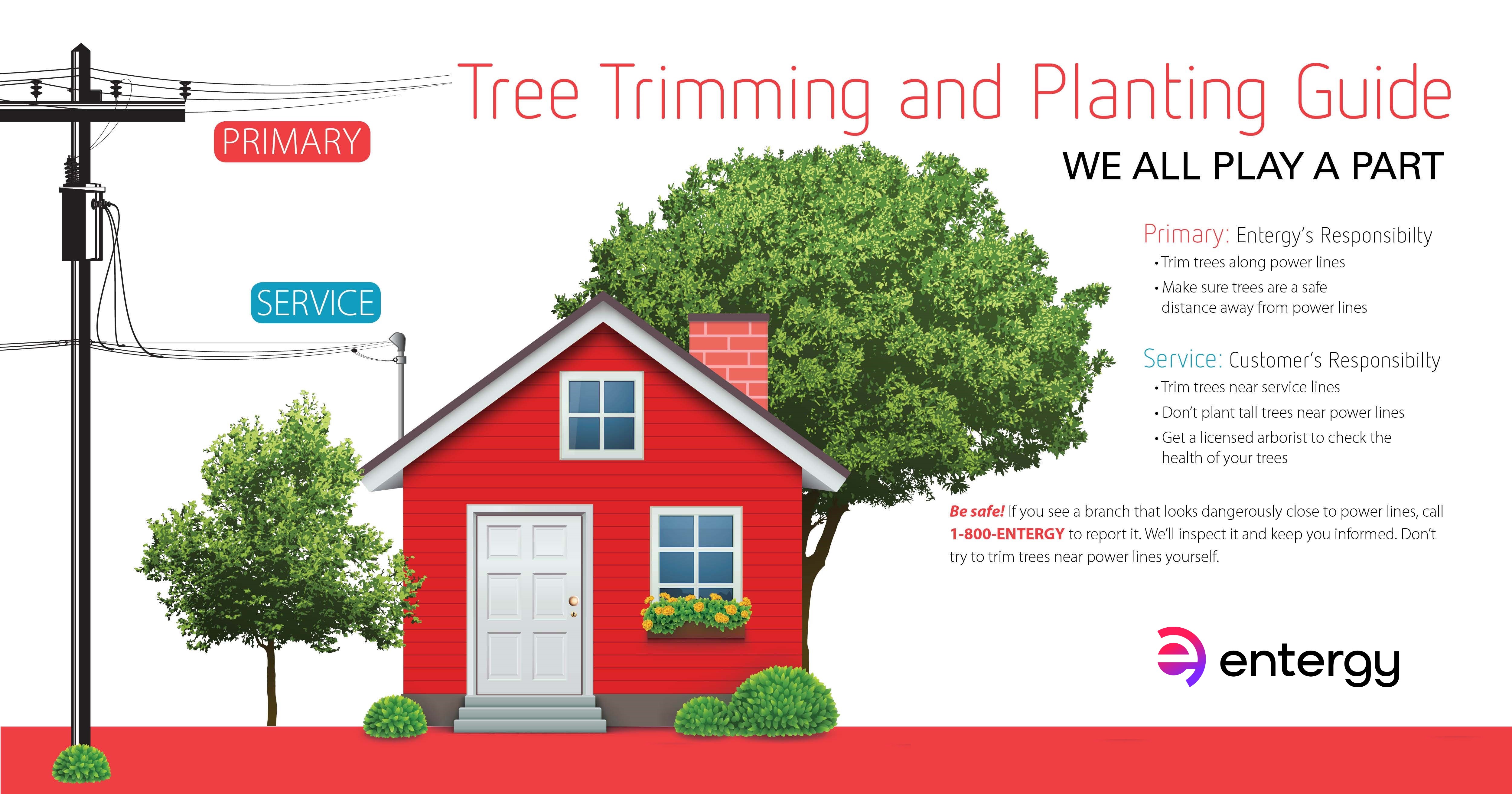Indication For Tree Removal: Exactly How To Discover Hazardous Trees
Indication For Tree Removal: Exactly How To Discover Hazardous Trees
Blog Article
Short Article Created By-Winther Enemark
When it pertains to tree treatment, recognizing the indications that it's time for elimination is essential for your security and property. You may see blemished leaves, wilting branches, or odd fungal developments showing health issue. Architectural concerns, like a substantial lean or cracks in the trunk, can additionally pose dangers. Recognizing these warning signs can help you make notified decisions about your trees and prevent possible threats hiding in your lawn. What should you seek next?
Indications of Degeneration and Illness
When you discover indicators of degeneration and condition in your trees, it's vital to act swiftly. Look for discolored fallen leaves, wilting branches, or uncommon developments like fungi. These can show that your tree is struggling.
If you see cracks in the bark or soft, mushy wood, these symptoms recommend inner degeneration. In addition, an unexpected increase in parasites around your tree can indicate that it's weakened and susceptible.
Look for any dead or dying limbs, as they posture a danger to your property and security. If you're uncertain concerning what you see, getting in touch with an arborist can offer clearness.
Attending to these indicators early can save you from much more comprehensive damage and make certain the health and wellness of your backyard. Don't wait up until it's too late.
Structural Instability and Leaning
As you observe your trees, watch out for any indicators of architectural instability or leaning. If a tree leans considerably, it may show that the root system is compromised.
Look for visit this link in the trunk or dirt around the base; these can indicate potential failing. Furthermore, check for uncommon growth patterns, like an uneven crown, which might recommend that the tree is having a hard time to hold itself upright.
If you discover that the tree leans toward your home, power lines, or other frameworks, it presents a better danger. Do not ignore these indications-- get in touch with an arborist to analyze the situation.
Doing something about it early can avoid costly damage and guarantee your safety and security.
Dead or Dying Branches and Vegetation
If you observe dead or passing away branches and vegetation on your tree, it's a clear sign that something's incorrect.
These harmful locations can show underlying concerns like illness, insect invasions, or environmental anxiety. When branches shed their leaves or turn brownish, they're no more adding to the tree's health. Neglecting these indications can lead to more decline, making your tree more harmful.
Dead branches can quickly break short throughout tornados, presenting a risk to building and people nearby. It's essential to examine the degree of the damages.
If the problem affects a substantial part of the tree, take into consideration getting in touch with a specialist. They can help figure out if removal is required to make certain safety and security and keep the charm of your landscape.
Final thought
If you observe any signs of degeneration, architectural instability, or dead branches on your trees, don't ignore them. These indicators can present major safety threats to you and your building. It's constantly best to seek advice from an expert arborist who can give an expert evaluation of your trees. Taking action early can prevent mishaps and costly damages, ensuring your landscape continues to be safe and healthy and balanced. Remember, How To Prune Tree Branches to be aggressive about tree care than to wait for a disaster to take place.
